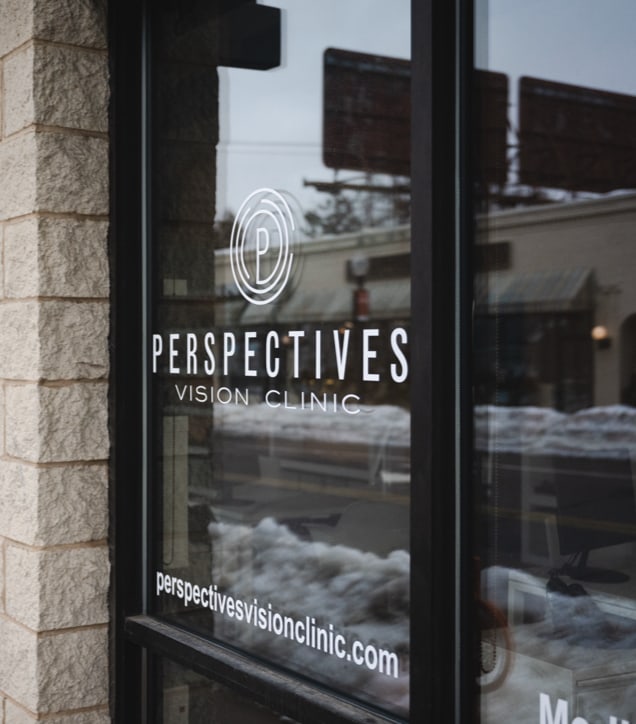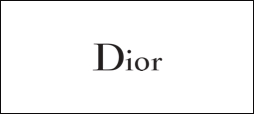Having trouble reading street signs while driving or focusing on the TV screen? You may have myopia. Myopia, or nearsightedness, is a common vision problem that impacts nearly 1 in 3 Americans.
Like many eye conditions, myopia can get worse with age. Most commonly, myopia will start to develop in school-age children and will continue to progress until it stabilizes around the age of 20. However, myopia may develop well into adulthood due to factors like visual habits, lifestyle, and health conditions.
While there is no cure for myopia, there are a number of treatments that may help improve your vision and slow its progression. Regular eye exams are essential to monitoring the progression of myopia and your optometrist will be your best resource in creating a myopia control plan that works for you.
What Is Myopia?
Myopia is a refractive error. Myopia occurs when the shape of the cornea (the clear, dome-shaped layer that covers the iris and the pupil) is too curved or the eye itself grows too long. This causes light to focus in front of the retina instead of directly on it, making distant objects appear blurry while nearby objects appear clear. It typically develops during adolescence because our eyes are still growing during this stage of life.
Risk Factors
There is not a single, definitive cause of myopia, but several factors can contribute to its development, including:
- Genetics: Myopia often runs in families. Having a parent or family member with myopia increases your risk of developing the condition.
- Lifestyle factors: Prolonged near work and screen time have been linked to the development of myopia. Activities like reading or using a computer for an extended period of time can increase your risk.
- Reduced outdoor time: Spending less time outdoors may be associated with an increased risk of developing myopia.
- Visual stress: Squinting and eye strain may also contribute to myopia development.
Diagnosing Myopia
Your optometrist will test for myopia during a routine eye exam, which includes a visual acuity test and a refraction test. During the visual acuity test, your optometrist will test your vision at different distances to determine if you have a refractive error. The refractive test is where your optometrist will determine the prescription for corrective lenses needed to restore your vision.
As we previously discussed, myopia often first develops in children. Children—especially young ones—may have trouble expressing, or even identifying, that they are experiencing vision problems. Parents should keep an eye out for the following signs, which may indicate your child is experiencing vision problems:
- Sitting abnormally close to the TV or computer screen
- Squinting or rubbing their eyes a lot
- Lack of awareness of distant objects
School-age children should have a routine eye exam once per year to monitor for changes to their vision, including myopia.

Myopia Treatment
The number of myopia cases is on the rise. According to the National Eye Institute, the percentage of Americans experiencing nearsightedness has nearly doubled since 1971. While myopia may be on the rise, so too are the number of treatment options available. There is no cure for myopia, but controlling the condition is key to slowing it, and in some cases stopping it from getting worse.
Glasses & Contact Lenses
Visual stress, such as eye strain and squinting, can contribute to your myopia getting worse. Eyeglasses with corrective lenses allow the wearer to focus on distant objects and reduce the likelihood of eye strain or squinting. In some cases, you may only need to wear glasses to correct your myopia for specific activities like driving or watching TV. Contact lenses can offer the same correction as eyeglasses while offering a wider field of vision and more flexibility.
Generally, single-vision prescription glasses and contact lenses can be used to correct nearsightedness; however, individuals with more complex vision issues can benefit from multifocal lenses.
Multifocal or progressive lenses contain a corrective prescription for near and distance vision within a single lens. This type of lens can correct myopia while also allowing the wearer to focus on close objects comfortably. Available as both glasses and contact lenses, multifocal lenses can help prevent eye strain, which in turn may help slow the progression of myopia.
Refractive Surgery
Refractive surgery may be an option once your eyes are fully developed, which usually occurs around the age of 20. In most cases, surgery is only possible when vision has stabilized and myopia is no longer progressing. This type of surgery can reduce, or even eliminate, the need for eyeglasses or contact lenses.
There are several types of refractive surgery options, including:
- LASIK (laser-assisted in situ keratomileusis): the surgeon uses a laser to remove corneal tissue to reshape the cornea.
- LASEK (laser-assisted subepithelial keratectomy): the surgeon uses a laser to reshape the cornea’s outer layer.
- PRK (photorefractive keratectomy): the surgeon removes the cornea’s outer protective cover (epithelium) and reshapes the cornea. The epithelium grows back naturally to match the cornea’s new shape.
Orthokeratology (Ortho-K)
Ortho-k is most commonly used for children who are experiencing rapidly progressing myopia. The treatment uses custom-made rigid gas permeable contact lenses to reshape the cornea and slow the elongation of the eyeball. These lenses are to be worn overnight, and the vision-correcting effects last into the following day. Ortho-K treatment is ultimately temporary, and the wearer will require another method of myopia management after stopping use.
Low-Dose Atropine Eye Drops
Studies have shown that low-dose atropine eye drops can significantly reduce myopia progression. You may be familiar with atropine drops if you’ve ever had your eyes dilated before. The drops help to relax the ciliary muscles of the eye (which causes the pupil to dilate), but when used in small doses, they have also shown a correlation with slowing myopia progression.
Slowing Your Myopia
Everyone’s eyes are unique, so it is always best to consult with your eye care professional to determine which treatment is best for you. Some individuals may even benefit from a combination of treatments. If you are experiencing changes to your vision or would like to discuss your treatment options, contact our welcoming team at Perspectives Vision Clinic.










